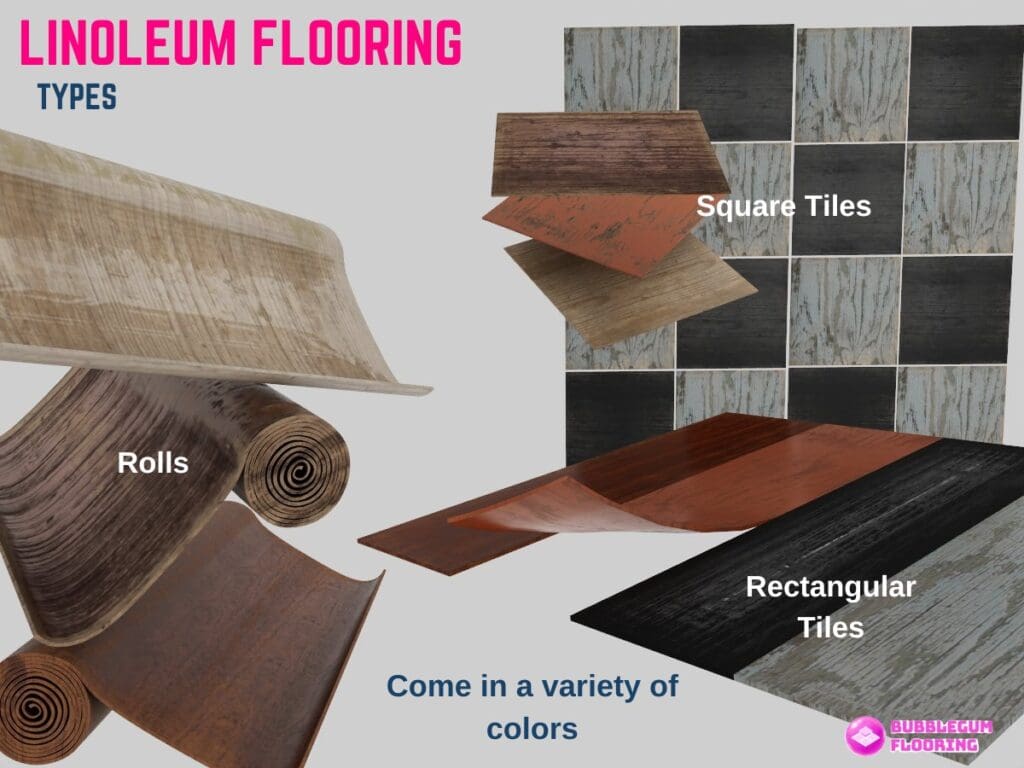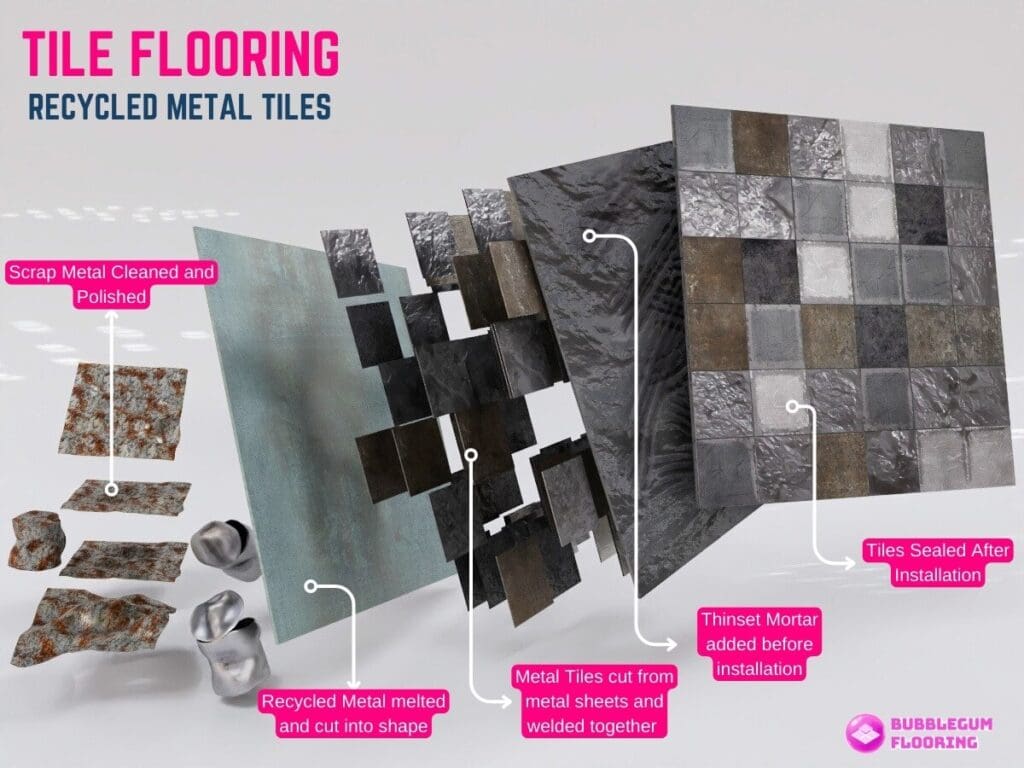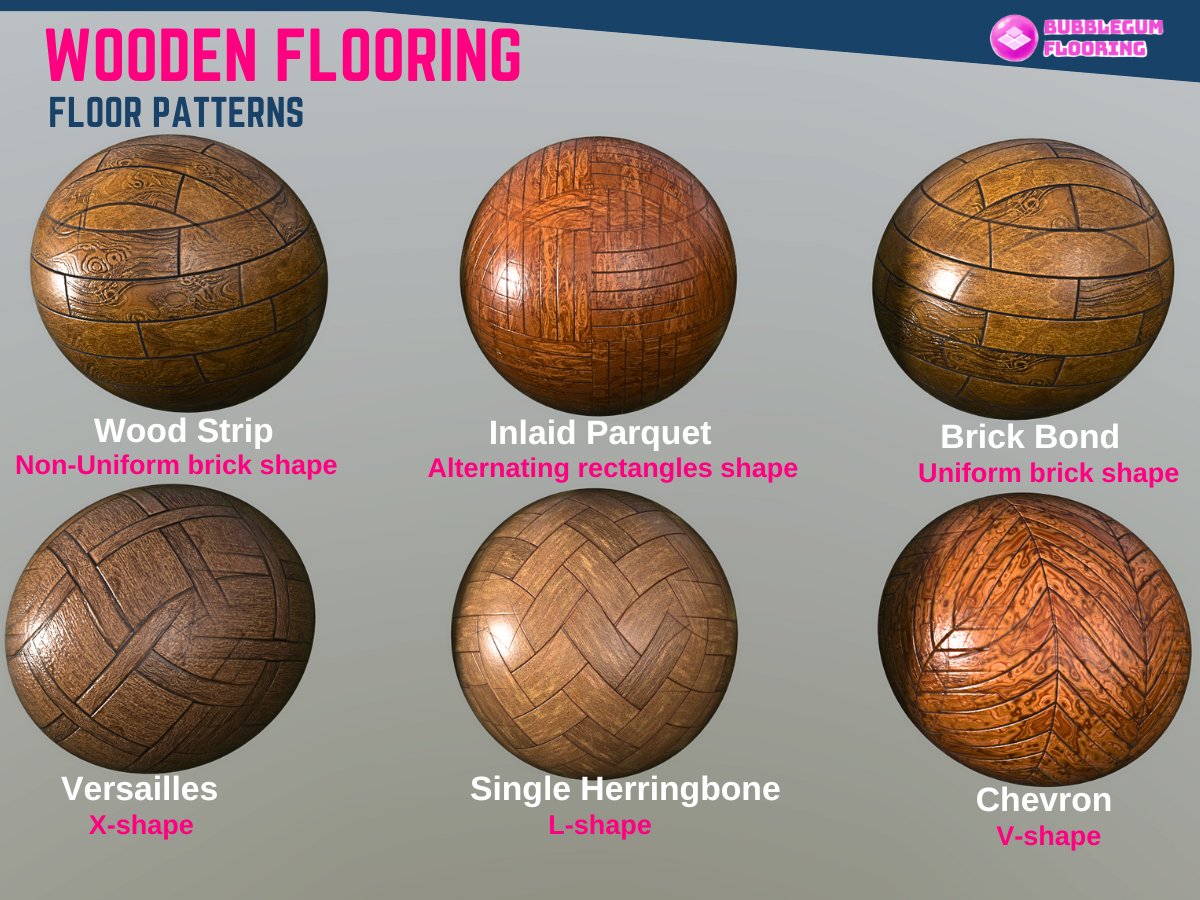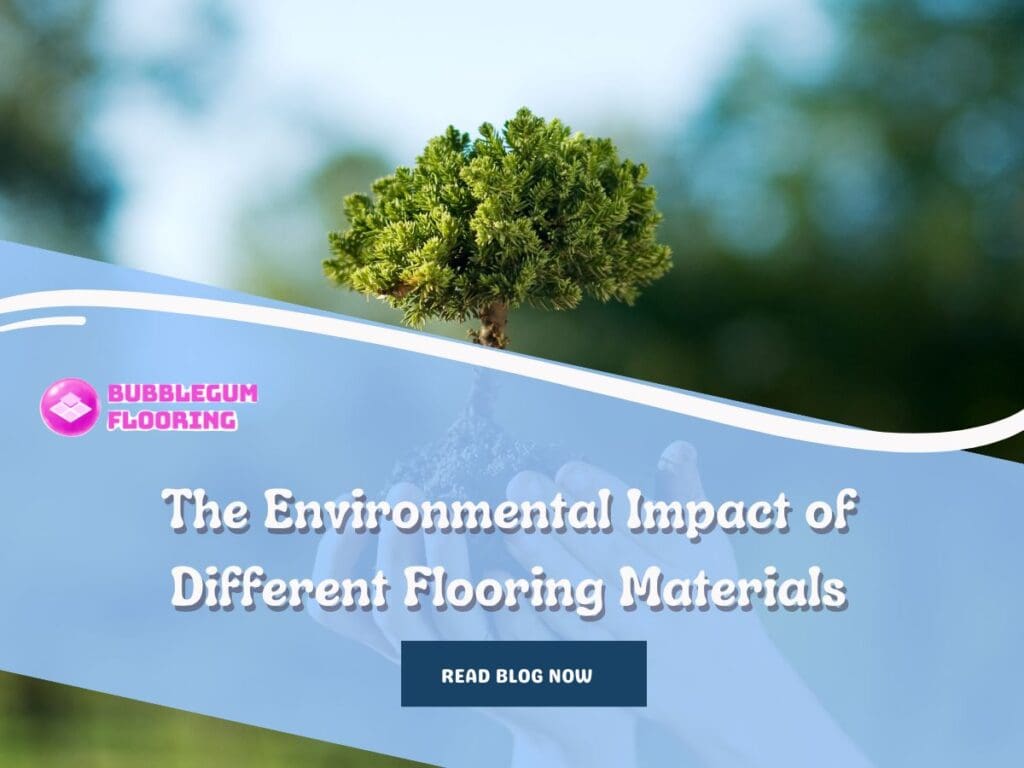Flooring materials play a significant role not only in the aesthetics and functionality of a space but also in its environmental impact. As sustainability becomes an increasingly important consideration in construction and interior design, innovative materials are gaining attention for their eco-friendly properties.
From cork’s versatility to linoleum’s resurgence and the unique charm of recycled metal and glass tiles, each material presents a unique blend of sustainability and style. By exploring the environmental impact of different flooring materials, we gain insight into their role in promoting a greener future for the built environment.
Cork Flooring
Cork flooring has long been appreciated for its eco-friendly attributes, but its versatility extends beyond the realm of floors. Innovative applications of cork in insulation and wall coverings showcase its sustainability and functionality in various design contexts.
- Cork’s unique cellular structure makes it an excellent insulator, offering thermal and acoustic benefits. Beyond its traditional use in flooring, cork insulation is gaining traction in construction projects. It provides natural insulation for walls, ceilings, and roofs, reducing energy consumption and enhancing indoor comfort levels.
- Cork insulation’s eco-friendly properties contribute to sustainable building practices by promoting energy efficiency and reducing carbon emissions. Its renewable nature and minimal environmental impact make it an attractive choice for environmentally conscious architects and homeowners seeking effective insulation solutions.
- Cork’s aesthetic appeal and tactile qualities make it an ideal material for wall coverings. Cork wall tiles or panels offer both decorative and functional benefits, adding texture and warmth to interior spaces while providing natural insulation and sound absorption.
- Cork wall coverings are available in a variety of colors, patterns, and finishes, allowing for creative expression in interior design. They can be easily installed and maintained, making them a practical choice for residential and commercial projects alike. Additionally, cork’s sustainability credentials make it a preferred option for eco-friendly interior design initiatives.
Linoleum
Linoleum, once overshadowed by synthetic flooring options, is experiencing a resurgence due to its biodegradability and low environmental impact. Its revival reflects a growing demand for sustainable building materials that prioritize both performance and eco-friendliness.

Linoleum is made from natural ingredients such as linseed oil, wood flour, and cork dust, making it biodegradable and non-toxic. Unlike vinyl flooring, which emits harmful VOCs and contributes to indoor air pollution, linoleum promotes healthier indoor environments.
The production process of linoleum involves minimal environmental impact, with manufacturers implementing sustainable practices to reduce energy consumption and waste generation. From raw material sourcing to manufacturing and disposal, linoleum prioritizes eco-friendliness at every stage of its life cycle.
Linoleum is renowned for its durability, with a lifespan that can exceed 25 years with proper maintenance. Its resilience to wear and tear reduces the need for frequent replacements, minimizing waste generation and environmental impact.
Linoleum’s natural composition contributes to its longevity, as it develops a patina over time that enhances its aesthetic appeal. Its ability to withstand heavy foot traffic and maintain its appearance makes it a sustainable flooring option for high-traffic areas in residential and commercial settings.
Recycled Metal Tiles
Recycled metal tiles offer a unique blend of aesthetic appeal and durability, showcasing the potential for sustainable design solutions. Made from reclaimed metal materials, these tiles highlight the beauty of recycled materials while reducing the demand for virgin resources.

Recycled metal tiles are available in a variety of finishes, including aluminum, copper, and stainless steel, each offering a distinct aesthetic appeal. Their natural patina and texture add character to interior spaces, creating a sense of warmth and sophistication.
The visual impact of recycled metal tiles lies in their history and craftsmanship, as each tile carries a story of its previous life as part of a different object or structure. Their unique aesthetic makes them a popular choice for designers seeking to incorporate sustainable materials into their projects.
Metal tiles made from recycled materials are inherently durable and resistant to wear, making them suitable for both residential and commercial applications. Their longevity minimizes waste generation by reducing the need for frequent replacements, contributing to sustainable design practices.
The use of recycled materials in metal tile production helps divert waste from landfills and reduces the environmental impact of mining and manufacturing processes. By repurposing discarded metal materials, recycled metal tiles offer a sustainable alternative to conventional flooring options.
Recycled Glass Tiles
Recycled glass tiles represent a sustainable and aesthetically pleasing option for various design applications. Their versatility and beauty make them a popular choice among designers seeking eco-friendly materials that make a statement.
Recycled glass tiles offer a unique blend of sustainability and style, making them ideal for a wide range of design projects. From kitchen backsplashes to bathroom accents, their beauty shines through while contributing to environmental conservation.
Recycled glass tiles come in a myriad of colors, shapes, and sizes, allowing for endless design possibilities. Whether used as a focal point or as a subtle accent, they add depth and character to any space.
Their reflective properties create visual interest and make rooms appear larger and brighter. Additionally, recycled glass tiles can be customized to fit specific design requirements, making them suitable for both residential and commercial projects.
- In interior design, recycled glass tiles can be used in diverse applications. They are commonly found in kitchens as backsplashes, adding a touch of elegance while protecting walls from splashes and spills.
- In bathrooms, recycled glass tiles can be used to create stunning shower surrounds, accent walls, or even entire floors. Their water-resistant properties make them an excellent choice for wet areas, adding both style and functionality.
- Beyond kitchens and bathrooms, recycled glass tiles can be used in other areas of the home, such as living rooms, bedrooms, and even outdoor spaces. Their durability and resistance to fading make them suitable for both indoor and outdoor use, adding a touch of eco-friendly luxury to any environment.
Marmoleum
Marmoleum, a type of linoleum flooring, stands out for its eco-friendly attributes and sustainable production process. Made from natural materials and manufactured with minimal environmental impact, Marmoleum offers a durable and stylish flooring solution for environmentally conscious consumers.
Marmoleum is composed of natural ingredients, including linseed oil, wood flour, and jute fibers, making it biodegradable and non-toxic. Unlike vinyl flooring, which contains harmful chemicals and emits VOCs, Marmoleum promotes healthier indoor air quality.
The production process of Marmoleum is also environmentally friendly, with manufacturers implementing sustainable practices to minimize waste and energy consumption. From raw material sourcing to manufacturing and installation, Marmoleum prioritizes sustainability at every stage of the production process.
Marmoleum is renowned for its durability, with a lifespan that can exceed 25 years with proper maintenance. Its resilience to wear and tear reduces the need for frequent replacements, minimizing waste generation and environmental impact.
Marmoleum is available in a wide range of colors and patterns, allowing for creative expression in interior design. Whether seeking a modern aesthetic or a more traditional look, Marmoleum offers versatility and style without compromising sustainability.
Engineered Hardwood
Engineered hardwood flooring offers a sustainable alternative to traditional solid wood flooring, utilizing faster-growing trees and reducing waste in the manufacturing process. By combining the beauty of natural wood with innovative engineering techniques, engineered hardwood delivers a durable and environmentally friendly flooring option.

Engineered hardwood is made by layering thin veneers of hardwood over a plywood or composite core. This construction allows for more efficient use of wood resources, as it requires less raw material compared to solid wood flooring.
Additionally, engineered hardwood often utilizes faster-growing tree species for its veneer layers, such as birch or maple, further reducing environmental impact. By prioritizing sustainable sourcing practices, engineered hardwood minimizes deforestation and promotes responsible forestry management.
Engineered hardwood offers the timeless beauty of natural wood with added durability and stability. Its multi-layered construction reduces the risk of warping and expansion, making it suitable for a variety of climates and environments.
Engineered hardwood is compatible with radiant heating systems, enhancing energy efficiency and comfort in the home. Its long-lasting performance and low maintenance requirements make it a sustainable flooring choice for eco-conscious homeowners.
Conclusion
The environmental impact of flooring materials extends far beyond aesthetics, with sustainability emerging as a central consideration in design and construction. Cork, linoleum, recycled metal and glass tiles, and engineered hardwood exemplify the diverse range of eco-friendly options available, each offering unique benefits in terms of durability, biodegradability, and resource efficiency.
By embracing these sustainable flooring materials, designers, architects, and homeowners can contribute to mitigating environmental challenges while creating beautiful, functional spaces that prioritize both style and environmental responsibility


